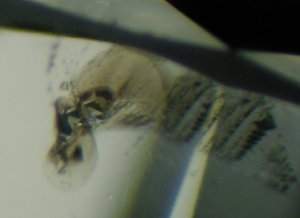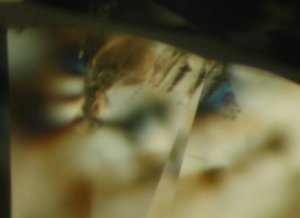spicolicpa
Shiny_Rock
- Joined
- Sep 25, 2003
- Messages
- 243
Taken quite a fixation on the Strain concept.
Here is a very well put together article that, while reminiscent of some jumbled IRS literature I have been forced to digest is very informative.
It does not finalize a conclusion on Strain in relation to cleavage but it does state that the propensity for cleavage using a semiemperical method (Combo of theory and practice) is greater in a diamond with planar weakness which occurred during dynamic growth (AKA the inclusions you see on your GIA report)....BUT that this does not entirely explain the domino effect (disintegration of molecular bond cohesion) that occurs when a diamond is cleaved, rather it is of secondary impact.
All things considered I would have liked to have known whether or not there was a high or low degree of strain in my stone. If in fact the cutter pays less for this type of rough, this price saving should be passed on to the purchaser as well.
At least the purchaser should have knowledge of this condition and make the choice?
Theoretical Strength and Clevage of a Diamond
Here is a very well put together article that, while reminiscent of some jumbled IRS literature I have been forced to digest is very informative.
It does not finalize a conclusion on Strain in relation to cleavage but it does state that the propensity for cleavage using a semiemperical method (Combo of theory and practice) is greater in a diamond with planar weakness which occurred during dynamic growth (AKA the inclusions you see on your GIA report)....BUT that this does not entirely explain the domino effect (disintegration of molecular bond cohesion) that occurs when a diamond is cleaved, rather it is of secondary impact.
All things considered I would have liked to have known whether or not there was a high or low degree of strain in my stone. If in fact the cutter pays less for this type of rough, this price saving should be passed on to the purchaser as well.
At least the purchaser should have knowledge of this condition and make the choice?
Theoretical Strength and Clevage of a Diamond







300x240.png)